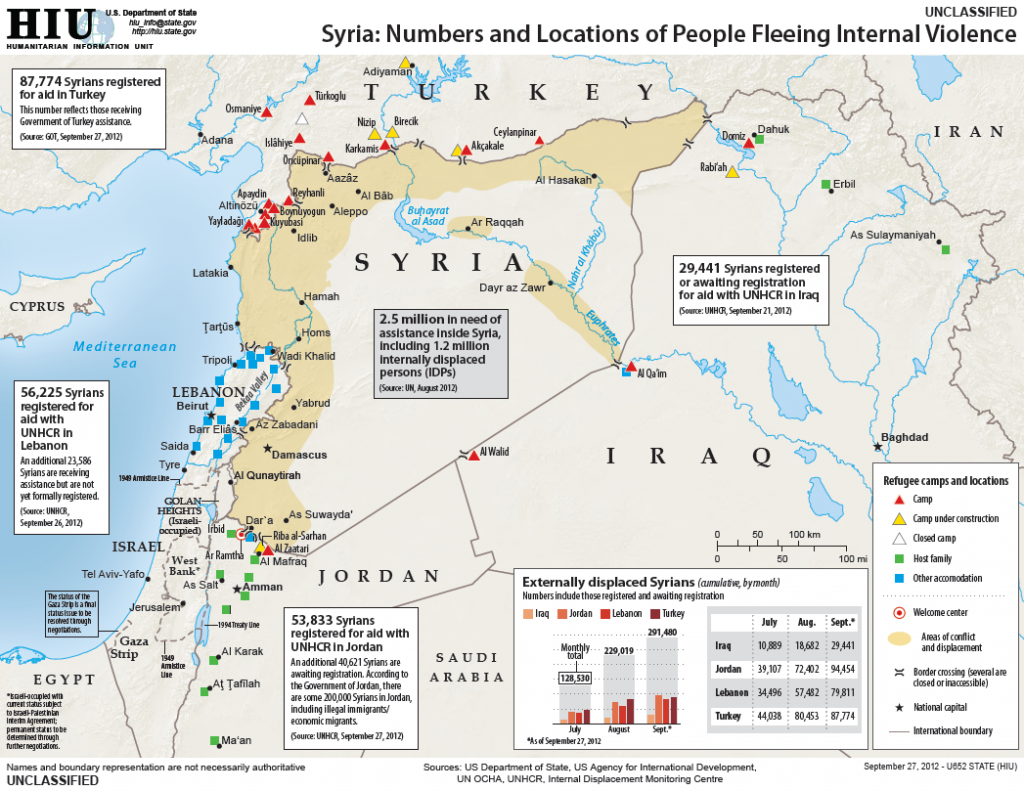The Syrian civil war has wrought devastation, uprooting millions and rendering them vulnerable. Within the confines of desolate landscapes—where the echoes of a once-vibrant life reverberate against stark reality—lie refugee camps. These oases of resilience amid chaos paint a poignant picture of survival against the backdrop of adversity. Syrian refugee camps, often nestled in neighboring countries like Turkey and Jordan, reveal a narrative woven with threads of hardship, hope, and the persistent quest for human dignity through the lens of faith.
Conditions in these camps are frequently dire. Makeshift tents serve as temporary shelters, huddled together like a congregation seeking solace. The architecture of adversity is palpable; the scant resources available evoke parallel sentiments of both refuge and entrapment. Basic necessities—sanitation, food, and medical care—often fall short of adequate provision. Families share cramped quarters, the shadows of despair mingling with flickers of hope as they strive to maintain a semblance of normalcy in their daily lives. This juxtaposition reflects the complex reality of the refugees’ existence: a survival of the body amid the entrapment of the spirit.
In the eyes of Christian doctrine, the plight of the refugee resonates deeply with foundational tenets of compassion and humanitarian aid. The call to “love thy neighbor as thyself” offers an ethical compass to believers, guiding their responses to the humanitarian crises that unfold before them. It is within this sacred directive that the international community is summoned. The imperative of aid becomes not just a logistical endeavor but a moral obligation, a manifestation of faith in action as believers strive to incarnate the love that is central to their faith.
Hope flickers in the hearts of those within the camps, fueled by the small acts of kindness that emerge amidst desolation. Grassroots organizations and international NGOs coalesce to form a lifeline, providing essential sustenance—food distributions, healthcare services, educational programs. Each act of kindness resembles the parable of the Good Samaritan, a reminder that empathy transcends borders and beckons individuals to extend their hands beyond mere awareness. This hope, though fragile, becomes the keystone in the refugee’s quest for dignity. It encourages a community’s resilience as families gather to share meals, recount stories, and dream of a brighter tomorrow.
Forging connections among the camp inhabitants illustrates a profound facet of human connection, borne out of shared struggles. As individuals recount tales of their homeland, they weave a shared tapestry—one that reflects the richness of Syrian culture. These narratives, filled with laughter, pain, and dreams, serve as an indomitable spirit that refuses to be extinguished. The act of storytelling becomes sacred—a cathartic release echoing the Christian tradition of testimony, illustrating how faith is often forged in the fire of hardship.
However, the harsh reality persists; the journey of refugees is fraught with uncertainty. Each day dawns with the hope of resettlement, yet the pathway to permanent refuge remains obscured. The liminal nature of their existence mirrors the Israelites wandering through the desert. Just as the ancient people were sustained through divine providence, so too do these modern-day wanderers seek sustenance—both physical and spiritual—through the benevolence of the international community. This shared human experience becomes a divine narrative; displacement is not just a statistic but an echo of biblical exodus stories, revealing the undying spirit of hope in the face of adversity.
In the operations of humanitarian organizations, the choice to act is laden with complexity. Voluntary contributions from Christian communities provide a crucial support system, shaping responses to the immediate needs of refugees. Herein lies an inspiring tableau of faith-driven initiatives—nonprofits funded by the generosity of congregations, offering aid through educational opportunities that empower the youth. This echo of compassion is a testament to the belief that through service, one can embody the teachings of Christ: to cater to the least of these, to embrace the marginalized.
As the situation evolves, it is essential to reflect on the broader implications of international aid and the delicate balance between assistance and empowerment. The aim should not merely be to alleviate suffering, but to restore agency to individuals. Empowering refugees through skill development, employment opportunities, and education continues to be a clarion call, advocating for a paradigm shift in aid efforts. This approach, embodied in a faith-infused humanitarianism, recognizes human dignity and minimizes dependency, fostering a regenerative cycle of resilience rather than mere survival.
Faith communities, regardless of denomination, are increasingly aware of their indispensable role. They may stand united across denominational lines, motivated by a shared commitment to alleviating suffering. The ministry of presence—being there for others—becomes monumental, creating solidarity and a sense of belonging even in the most fragmented of circumstances. The global church has the potential to mobilize resources, inspire advocacy, and establish collaborative networks of support that transcend geographical boundaries.
In conclusion, the Syrian refugee camps stand as a testament to endurance amidst turmoil, echoing the themes of suffering, hope, and redemption as illuminated within Christian teachings. The calls for aid intertwine the ethos of faith with the urgency of the present moment, challenging believers to embrace a world in despair with hearts and hands open wide. The interplay of compassion, resilience, and spiritual strength serves as a clarion call—reminding all that even in the most harrowing of circumstances, hope can blossom, driven by an unyielding faith that goes beyond survival and strives towards restoration and transformation.



